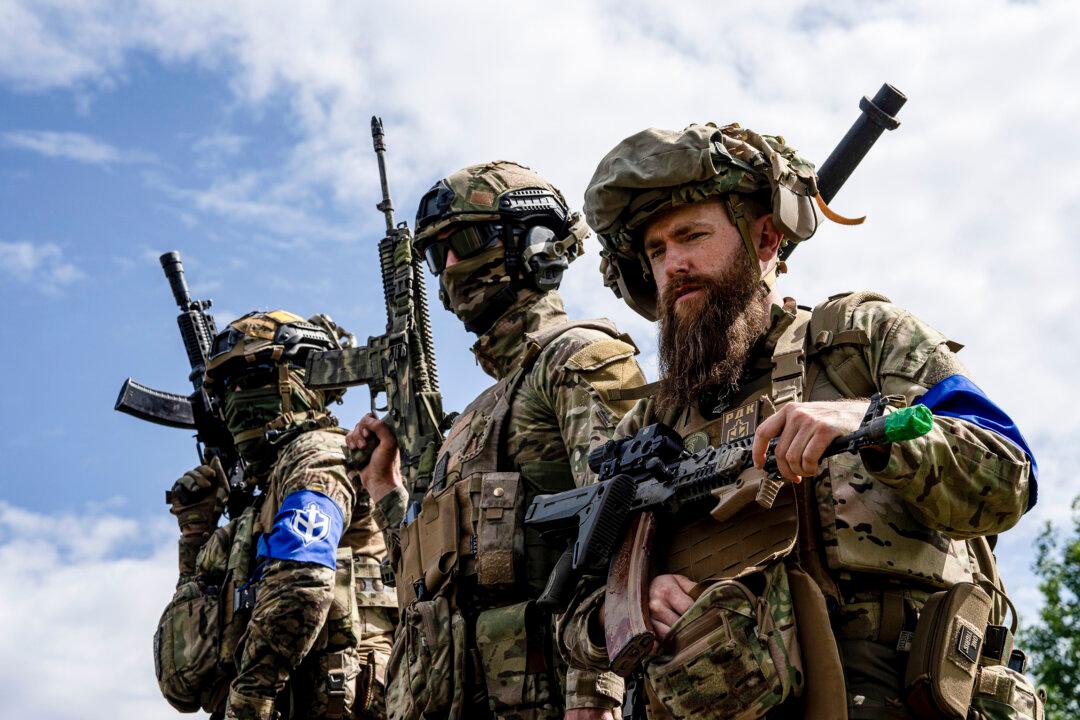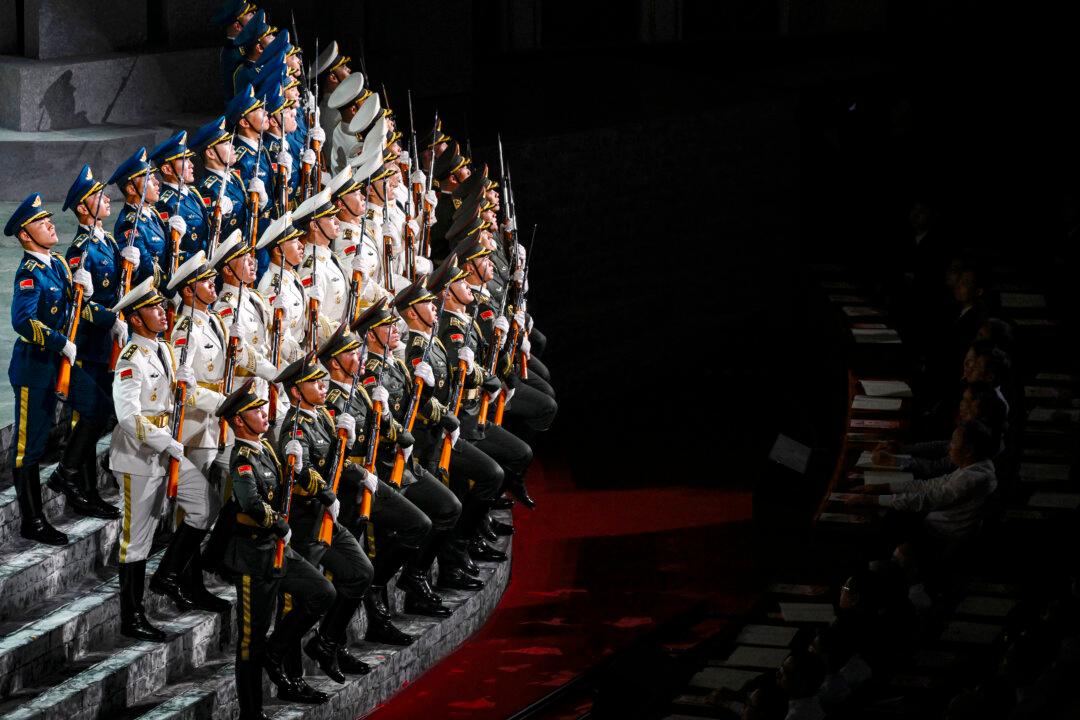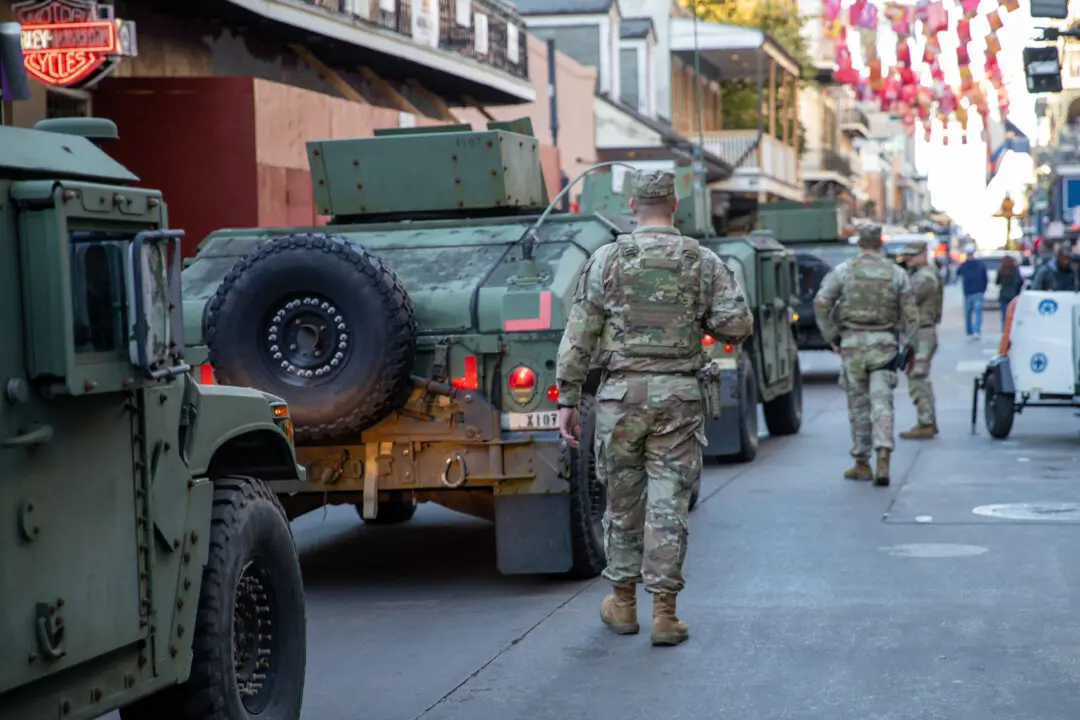Throughout history, military commanders and observers have tried to see through the hazy layers of imperfect or outright false information and deception in the chaos of the battlefield—to see through the fog of war.
When Ukrainian forces launched their foray into Russia’s western Kursk region last week, they brought the fog of war with them. That fog still surrounds many questions as the cross-border assault stretches into its second week, but the haze is starting to clear.





